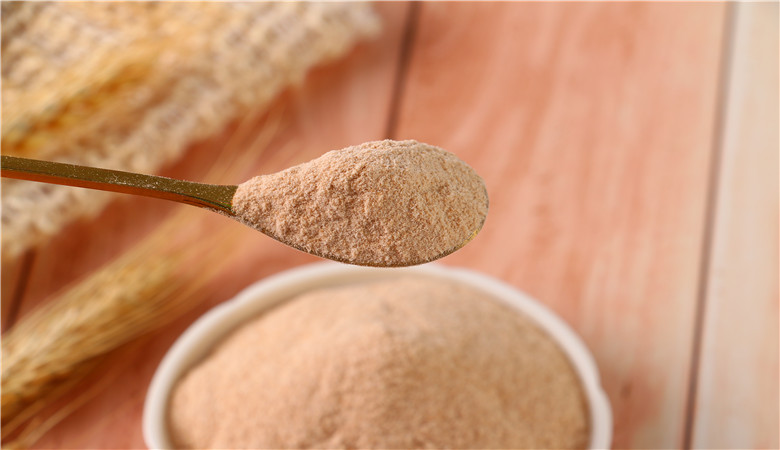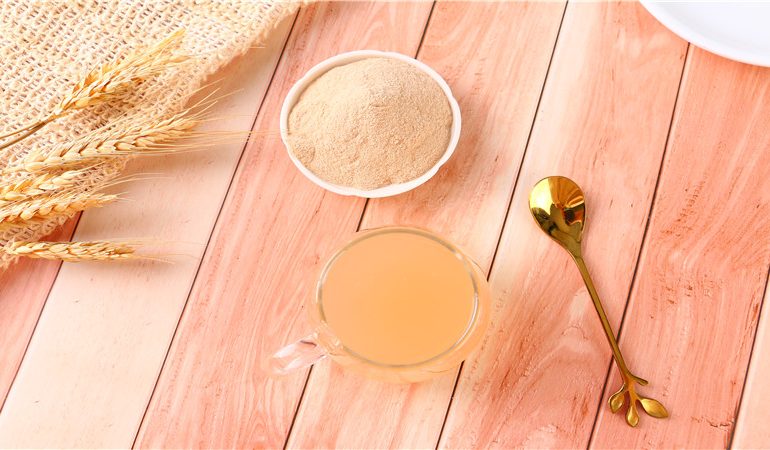As a supplier of pectin, we will introduce you the types of pectin. That is to say, supplier introduction of low methoxyl pectin. There are high methoxyl pectin and low methoxyl pectin as pectin. Today we will introduce the following low methoxyl pectin.

Low methoxyl pectin
First, supplier introduction of what is low methoxyl pectin. Low methoxyl pectin (LM) refers to pectin with a degree of esterification less than 50%. It is usually extracted from sunflower plates or potatoes. Alternatively, high methoxyl pectin is treated with acid or alkali to perform deesterification to reduce its degree of methoxylation to obtain low methoxyl pectin. Low methoxyl pectin (also called low-fat pectin) is a low methoxy pectin. Furthermore, it has high reactivity to calcium ions. The gelation of low methoxyl pectin can be controlled by adjusting the pH and adding different calcium salts during the gelation process.
Classification of low methoxyl pectin
Low methoxyl pectin can be further divided into ordinary low methoxyl pectin and amidated low methoxyl pectin.
Stability of low methoxyl pectin
Low methoxyl pectin is slightly more stable under higher pH conditions. Under alkaline conditions, pectin can undergo deesterification even at room temperature. If ammonia is use for deesterification, part of the methoxy group of the methyl ester is convert to the amino group of the amide. Amidated low methoxyl pectin has better physical properties than other low methoxyl pectins and can widely use as a gelling agent.
Gel mechanism of LM pectin
1. The gel mechanism of ordinary low methoxyl pectin
The gel formation mechanism of low methoxyl pectin is completely different from that of high methoxyl pectin. Its gel is the result of the joint action of the carboxyl group between the two pectin molecular chains through the calcium bridge to achieve ionic connection and hydrogen bonding. This gel is affect by the concentration of calcium ions in the system. Furthermore, it is not obvious to sugar and acid. Gel conditions of low methoxyl pectin: pH range of 2-6, soluble solid content of 10% to 80%. The formed gel is thermally reversible.
The gel of low methoxyl pectin is affect by the degree of pectin esterification, relative molecular weight, calcium content, pH value, other substituents, cooling rate and other conditions. Among them, calcium is a necessary condition. Experiments have shown that every gram of low methoxyl pectin needs about 25mg of calcium. Low methoxyl pectins with different esterification degrees have different calcium activities. The relationship between gelation degree and esterification degree of low methoxyl pectin is opposite to that of high methoxyl pectin. Moreover, the gelation temperature of low methoxyl pectin is inversely proportional to the degree of esterification. There is little or no difference between the gel temperature and the melting temperature of the low methoxyl pectin jelly.
2. The gel mechanism of amidated low methoxyl pectin
The gel mechanism of amidated low methoxyl pectin is similar to that of ordinary low methoxyl pectin. The difference is that amidated pectin requires a much wider range of calcium ion concentration to form a gel. Under application conditions, the jelly tissue is not affect by slight changes in calcium ions. And the resulting jelly has a smaller tendency to separate out water. Furthermore, people use it widely in jams with low sugar content. Amidated HM pectin is compare with high methoxyl pectin with the same degree of esterification but without amidation treatment. The gelling temperature during use is low, and the gel has a high degree of thermal reversibility and thixotropy.
So that’s our introduction to low methoxyl pectin. If you want to purchase it, you can contact me at any time. Besides, as one of the best pectin suppliers in China, the quality of our products will never let you down.



